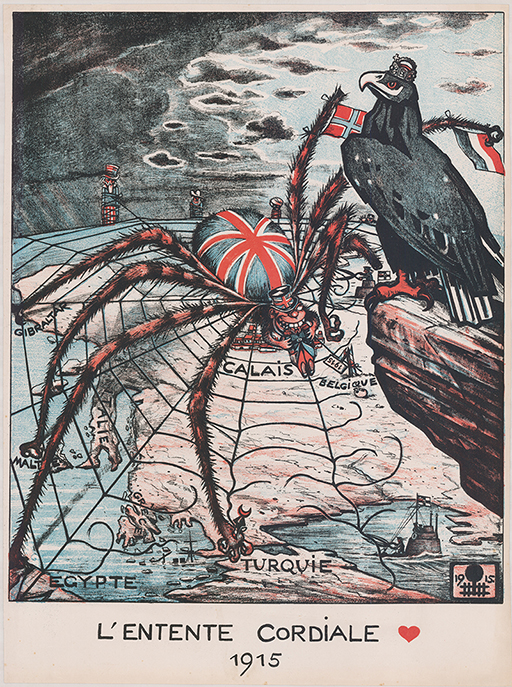Introduction
Annika Mombauer
This CPD course for secondary school teachers explores a range of resources and skills for historians to help you prepare classroom teaching on the First World War and to enable your students undertake their own research into aspects of the war. Skills explored here include locating primary and secondary sources online and evaluating their usefulness for the study of the First World War. It includes some topics that you likely already cover in your teaching – such as the origins of the war, and the role of propaganda – and we have supplemented these more familiar topics with new sources and detailed case studies to add richness to your teaching.
We have also included topics that have not traditionally been included in the school curriculum and have been excluded for too long – for example the role and experience of combatants who were not British and white, and the role of commemoration in our understanding and shared memory of the war. And we try to bring you up to date with recent historiographical developments and suggest reading that is readily available online to help overcome access issues to academic literature that may not be available in school libraries. With this in mind, we devote one session to developing strategies for online searches which will benefit you and your students, particularly for any non-exam assessment (NEA) projects they may be producing.
This course consists of five teaching weeks and will take around 12 hours to complete. We have included some activities for you to complete and indicated approximate timings for these. We have also included students’ skill development sections which give suggestions for work that your students could engage in.
This free course, Teaching the First World War, covers the following topics:
Session 1
Session 1 examines the ongoing historiographical debate on the war’s origins. You will be able to listen to interviews with two leading historians of the First World War who debate the causes of the conflict with one of the course authors. These interviews could be useful resources for teaching your students about the nature of historiographical debates. This session also offers a detailed document analysis case study to help students develop their skills in this area, with tips for analysing and finding additional documents to evaluate in class.
Session 2
This session discusses wartime propaganda in Britain, Germany and the USA. We explain how the term can be defined in the classroom, before discussing the broad purposes and functions of propaganda in wartime. This session emphasises developing and practising primary source skills using visual sources. Our worked examples from three countries demonstrate how visual sources can be analysed methodically, and we provide information on where to access more examples of wartime propaganda.
Session 3
Session 3 builds further on these analytical skills. It addresses different wartime experiences, focusing on the experiences of some African American soldiers and on indigenous Canadian troops. This topic may be new to students, and we have provided information on online resources that can be used in the classroom to enrich this topic. We have included some unconventional primary sources here, too, including a unique memoir of an indigenous Canadian soldier, Mike Mountain Horse, and a decorated story robe calf skin, to continue the practice of analysing unconventional primary sources.
Session 4
This session offers suggestions on how to use representation, commemoration and memory of the First World War to develop students’ ability to analyse further unconventional primary sources. We discuss some of the historiography on memory and commemoration and explore how poems, paintings and war memorials can be used by historians as primary sources.
Session 5
This session uses First World War examples to provide detailed information on how to conduct effective internet searches for primary and secondary sources. It also demonstrates techniques for evaluating the sources such searches uncover, enabling you, and your students, to make informed choices about which sources to consult. This session has been designed to give practical guidance on a range of skills and resources that you can use for your own professional development or encourage your students to adopt. The session links to the rest of the course by focusing on specific First World War examples and exercises, but the skills taught here are transferable to other periods of history.

